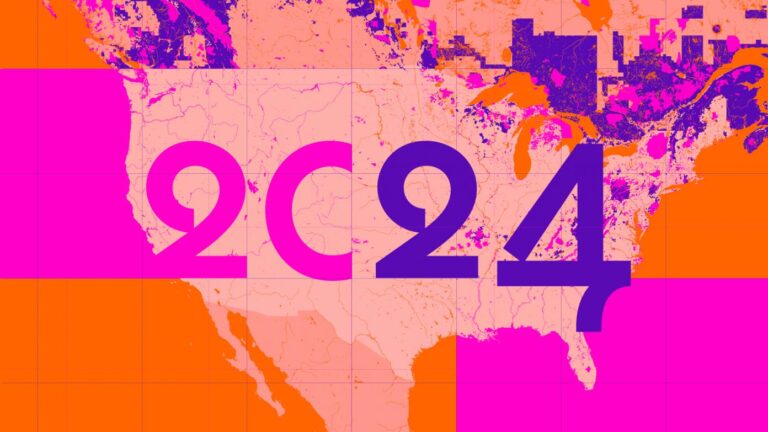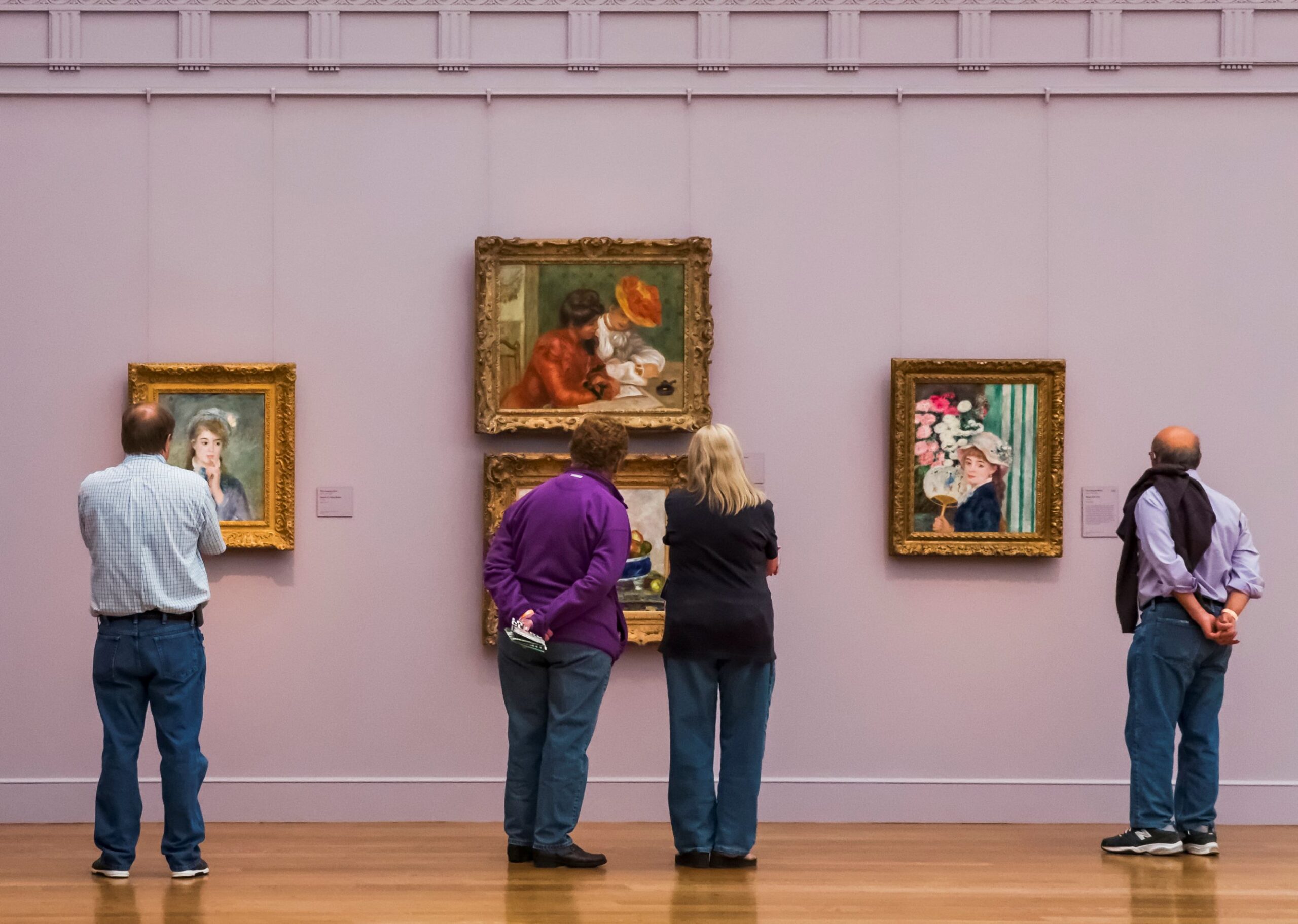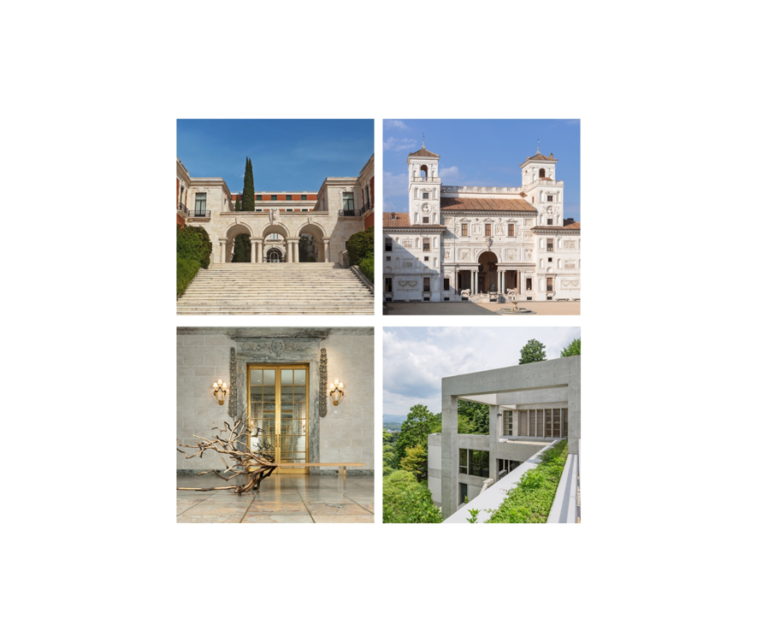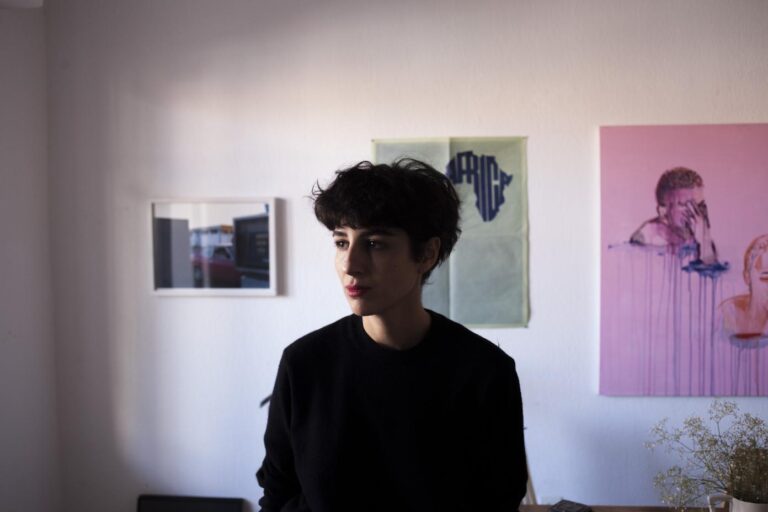
US Museums Chart
Museums & Heritage

The Impressionist Gallery at the Clark Art Institute ©Jeff-Goldberg-Esto.jpg
Designed by the teams at Villa Albertine with the ambition of facilitating research in collections and museums, the US Museums and Kunsthalle Chart aims to be representative of the diversity and richness of the American ecosystem, beyond its internationally renowned institutions.


